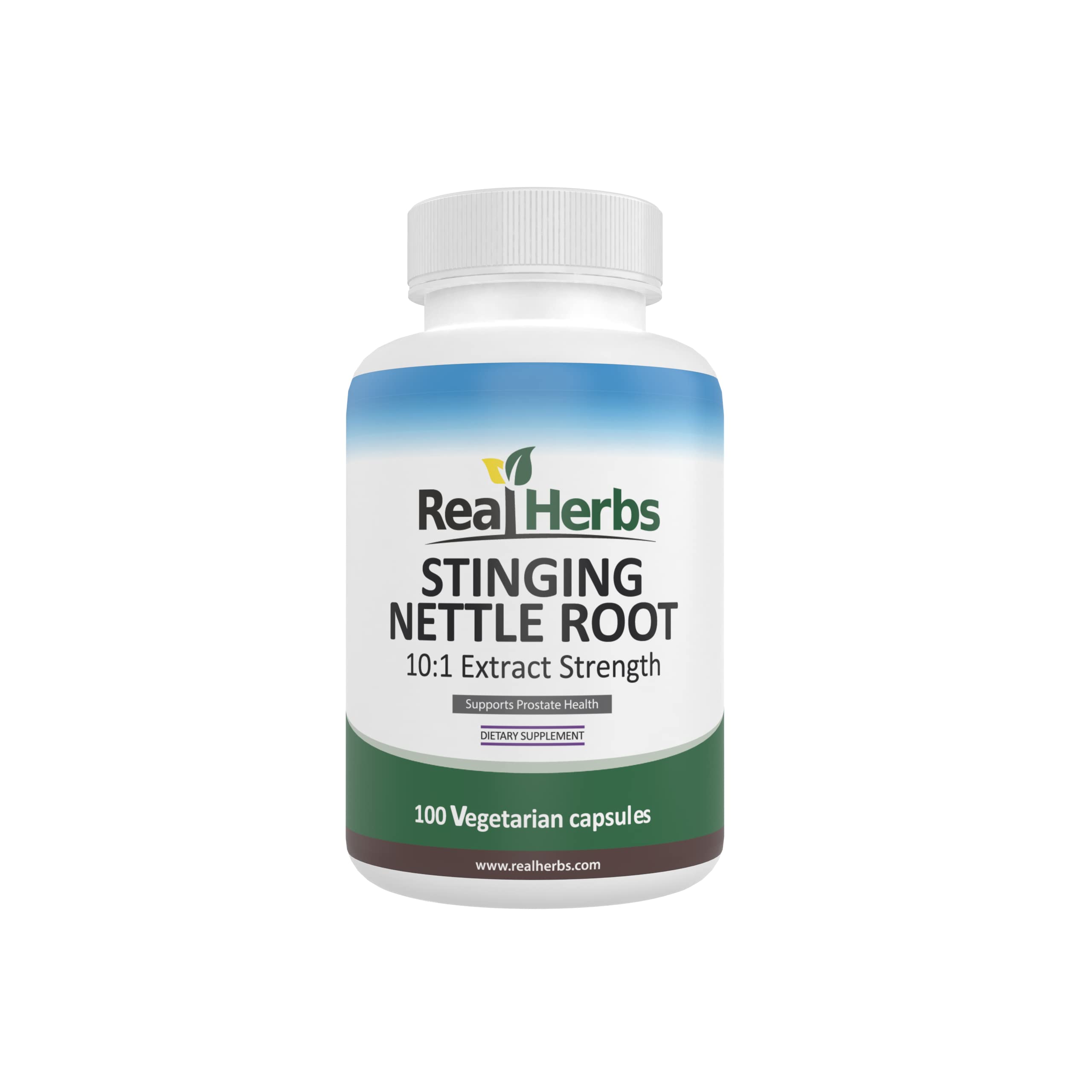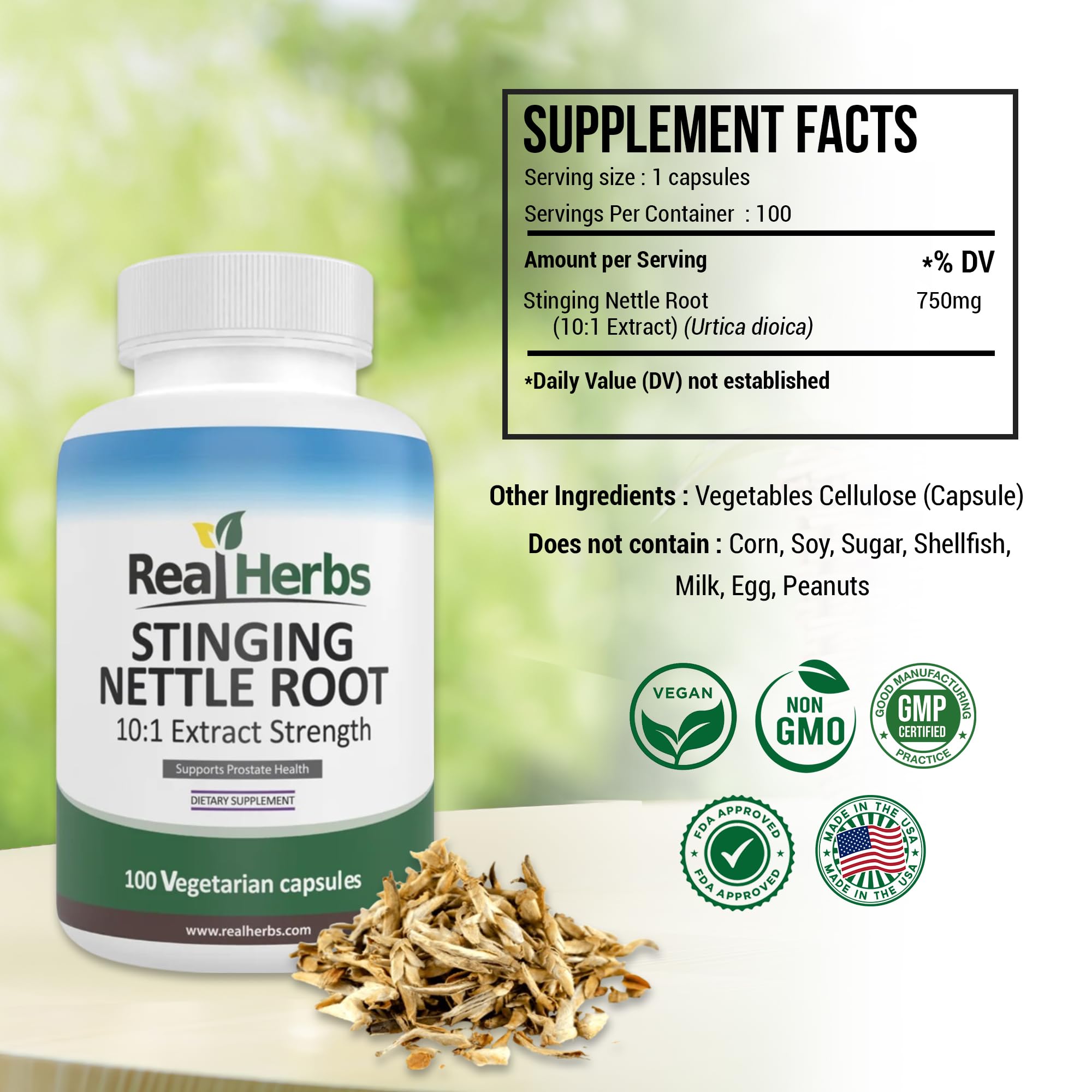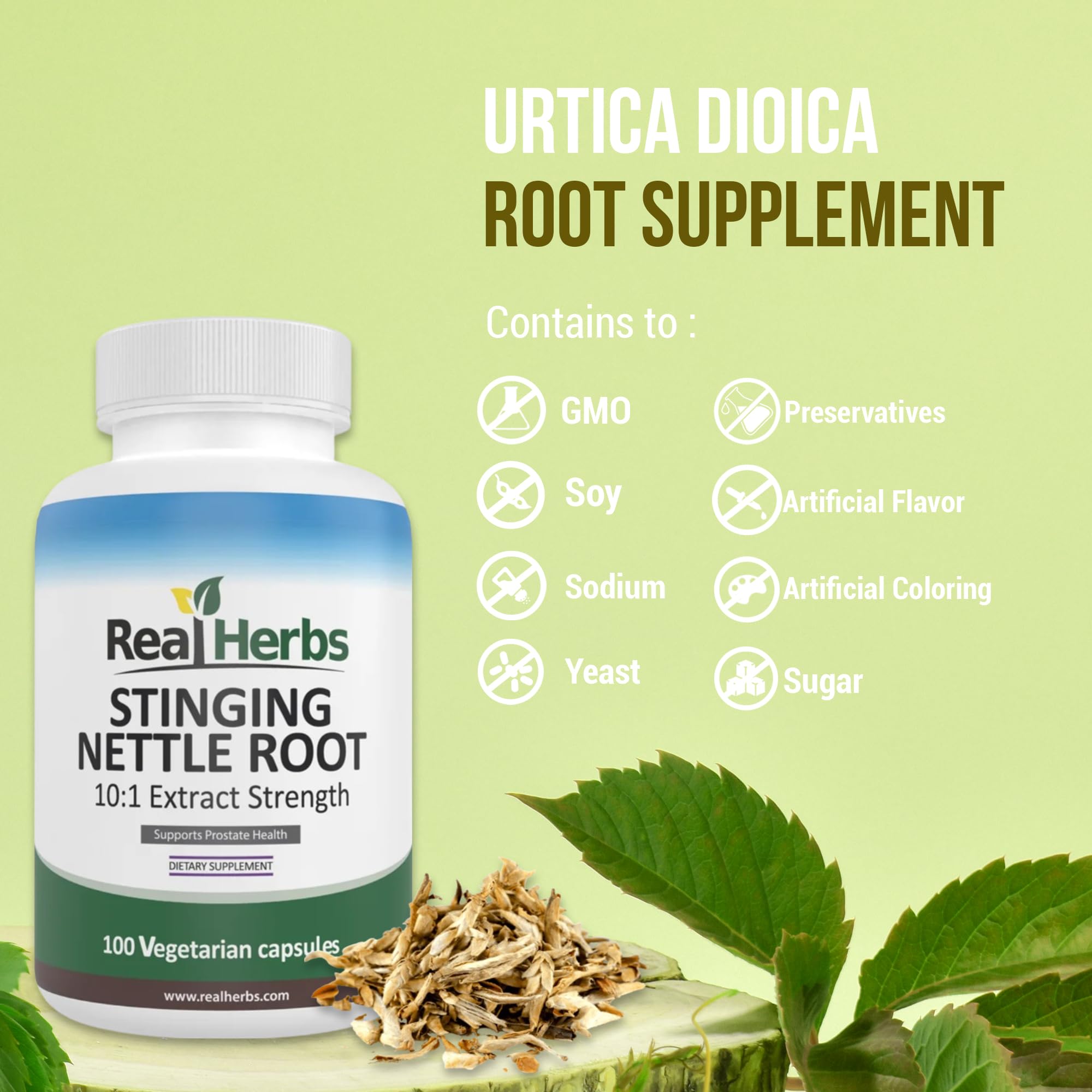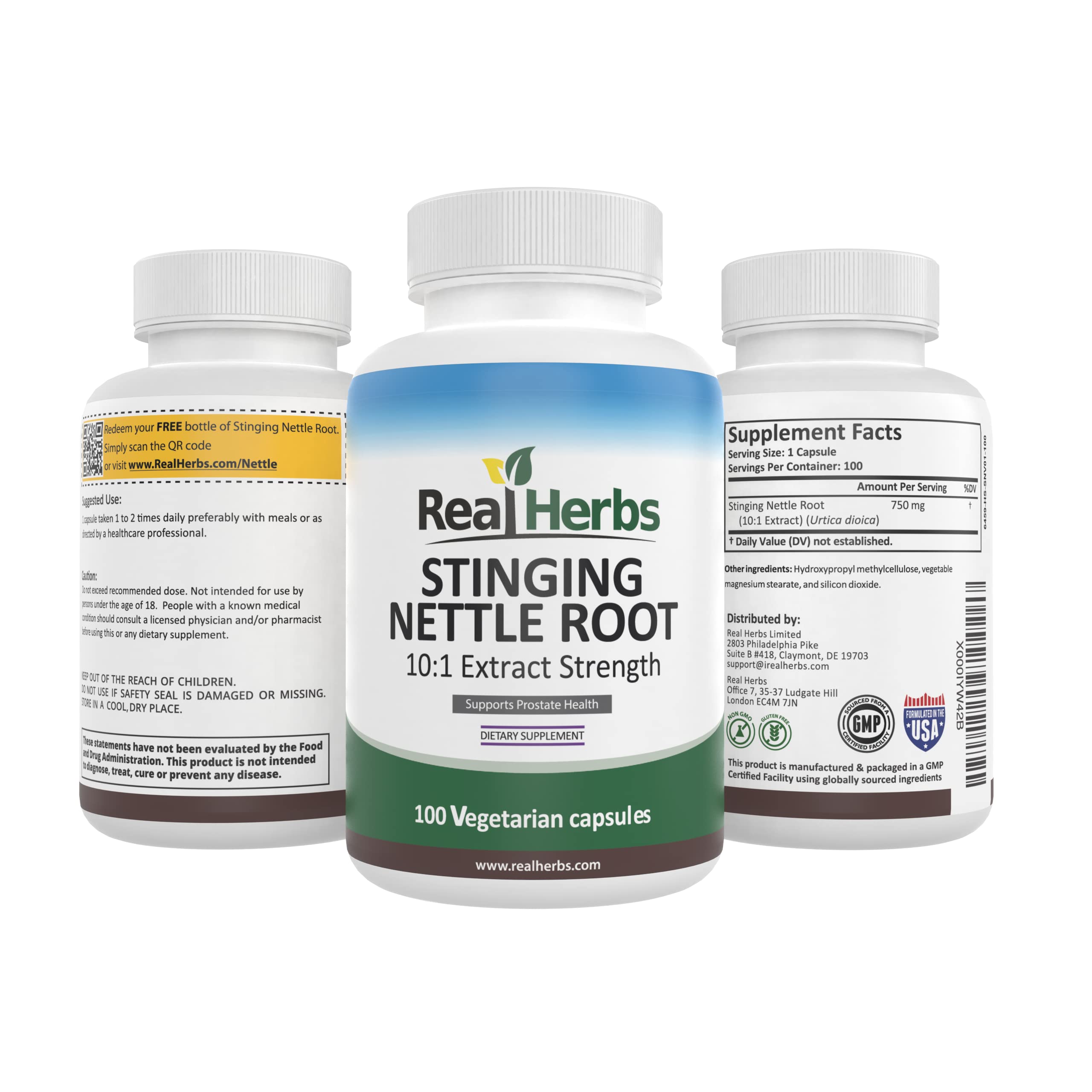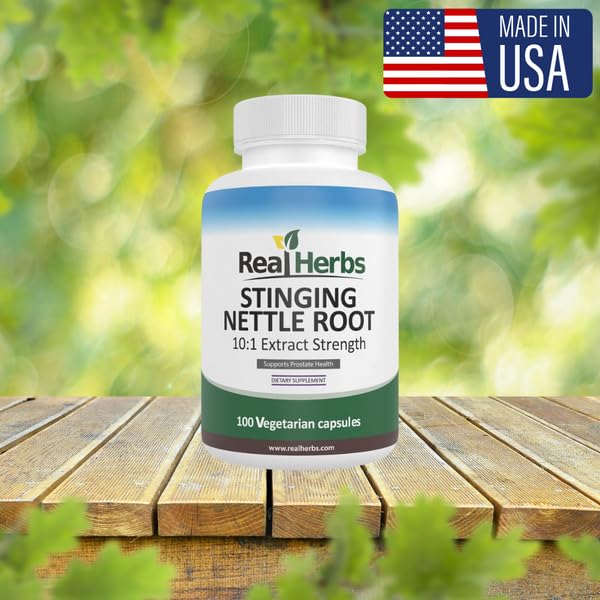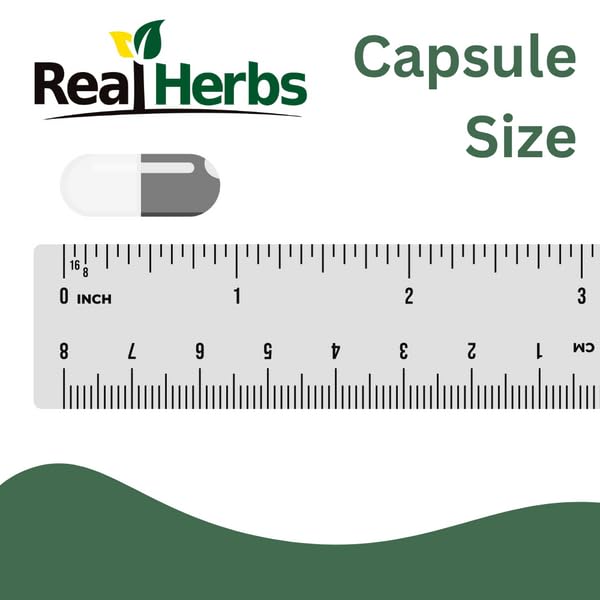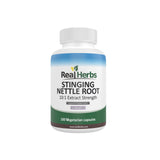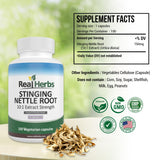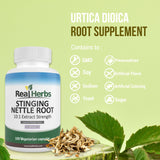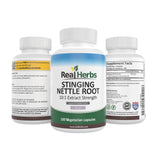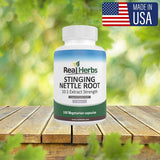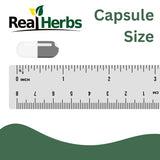Prostate Protection: The Power of Pygeum Bark
The prostate gland is a small gland located beneath the bladder and in front of the rectum. Its primary function is to generate and store seminal fluid, which aids in the nourishment and transport of sperm. The prostate can enlarge as men age, leading to a condition known as benign prostatic hyperplasia (BPH). BPH is a non-cancerous condition that affects a large number of men over the age of 50. It is estimated that by the age of 60, more than half of men will have an enlarged prostate, and by the age of 85, this number rises to 90%.
BPH can cause a variety of unpleasant and inconvenient symptoms, including frequent urination, difficulty starting and stopping urination, a weak urine stream, and the sensation of urgently needing to urinate. These symptoms can have a significant impact on a man's quality of life, interfering with daily activities and causing sleep disturbances. While there are medications to treat BPH, they can have side effects such as decreased libido, erectile dysfunction, and dizziness. Some men may prefer a more natural approach to symptom relief, which is where Pygeum bark comes in. Pygeum bark is a natural remedy that has been used for centuries to treat urinary tract, bladder, and inflammation, particularly in the prostate. Scientific research has been conducted in recent years to study the efficacy of Pygeum bark in treating BPH, with promising results.
History
Pygeum bark is derived from the African cherry tree (Prunus africana) and has been used for centuries in traditional medicine to treat a variety of ailments. It has been used to treat prostate-related issues such as urinary tract issues, bladder problems, and inflammation.
How it works
Pygeum bark contains a number of natural compounds that may contribute to its efficacy in the treatment of BPH. Phytosterols, which are plant-based compounds with a structure similar to cholesterol, are one type of compound found in Pygeum bark. Phytosterols have anti-inflammatory and antioxidant properties, which may aid in the reduction of inflammation and oxidative stress in the prostate. Because inflammation is thought to play a role in the development and progression of BPH, Pygeum bark may help to alleviate symptoms by reducing inflammation.
Fatty acids, which have also been shown to have anti-inflammatory properties, are another group of compounds found in Pygeum bark. Pygeum bark contains fatty acids that have been shown to inhibit the production of certain hormones that contribute to prostate enlargement, such as oleic acid and stearic acid. This mechanism of action is especially significant because it addresses one of the underlying causes of BPH.
Another class of compounds found in Pygeum bark that has been shown to have anti-inflammatory and antioxidant properties is pentacyclic triterpenes. These compounds have been shown to inhibit the production of specific enzymes that contribute to prostate inflammation. Inhibiting these enzymes may help to alleviate the severity of BPH symptoms.
Pygeum bark's anti-inflammatory and anti-hormonal properties may explain why it is so effective in reducing BPH symptoms. Pygeum bark may help to alleviate the symptoms of an enlarged prostate by reducing inflammation and inhibiting the production of certain hormones that contribute to prostate enlargement. However, more studies are required to fully understand Pygeum bark's mechanisms of action and how it can best be used in the treatment of BPH.
Studies and Results
Several studies have been conducted to determine the efficacy of Pygeum bark in the treatment of BPH. According to one systematic review of 18 randomized controlled trials, Pygeum bark significantly improved BPH symptoms when compared to a placebo. These symptoms included decreased nighttime urination, increased urine flow, and decreased residual urine volume. Pygeum bark was also found to be generally well-tolerated, with no serious side effects, according to the review.
Another study published in the Journal of Urology looked at the efficacy of Pygeum bark in treating urinary symptoms and improving quality of life in men with BPH. 47 men with BPH were treated for 60 days with a standardized extract of Pygeum bark in this study. The researchers discovered that Pygeum bark significantly improved urinary symptoms such as frequency of urination, urgency, and nocturia (nighttime urination). A standardized questionnaire was used to assess quality of life, and no adverse effects were reported.
In a randomized, double-blind, placebo-controlled trial published in the British Journal of Urology, 120 men with BPH were evaluated for the efficacy and tolerability of Pygeum bark. Pygeum bark significantly improved urinary symptoms and flow rate, with no significant difference in adverse effects between the treatment and placebo groups, according to the study.
A meta-analysis of 14 randomized controlled trials involving 1,562 people found that Pygeum bark was an effective treatment for BPH, reducing symptoms and improving urological flow measures. The meta-analysis also discovered that Pygeum bark was generally well-tolerated, with no statistically significant difference in adverse effects between treatment and placebo groups.
Overall, these studies show that Pygeum bark can significantly improve BPH symptoms, such as nighttime urination, urine flow, and overall quality of life. According to the studies, Pygeum bark is generally well-tolerated, with no serious side effects reported. More research is needed, however, to fully understand Pygeum bark's efficacy and safety, particularly in the long term, as well as to determine the optimal dosage and duration of treatment.
Recommended Dosage
According to the studies, a recommended dose of Pygeum bark extract is 100-200mg per day. It is important to note that Pygeum bark should not be taken in combination with certain medications, including blood thinners and hormone therapy. As with any supplement, it is recommended to speak with a healthcare provider before starting to take Pygeum bark.
Conclusion
Pygeum bark is a natural remedy that has a long history of use in the treatment of prostate issues. Pygeum bark has been shown in studies to significantly improve BPH symptoms, making it a promising option for men who prefer a natural approach. However, as with any supplement, it is important to consult a healthcare provider before beginning to take Pygeum bark to ensure that it is safe and appropriate for individual needs.
References
Wilt, T. J., Ishani, A., Stark, G., MacDonald, R., Lau, J., & Mulrow, C. (1998). Saw palmetto extracts for treatment of benign prostatic hyperplasia: a systematic review. Jama, 280(18), 1604-1609.
Ishani, A., MacDonald, R., Nelson, D., Rutks, I., & Wilt, T. J. (2000). Pygeum africanum for the treatment of patients with benign prostatic hyperplasia: a systematic review and quantitative meta-analysis. The American journal of medicine, 109(8), 654-664.
Wilt, T. J., & Ishani, A. (2002). Pygeum africanum for benign prostatic hyperplasia. The Cochrane Library.
Andrology Australia. (2012). Pygeum africanum

